Light fixtures may seem like a trivial thing to most homeowners, but it’s important to know all about the different types out there and what they are good for.
Lighting isn’t just for decoration. It can affect your mood as well as the overall perceived size of a space, which makes it an essential component of any full home interior design solution.
Although there are three types of lighting designers use for functionality and style (general lighting, accent lighting, and task lighting), you’ll find a dizzying array of light fixtures that’ll quickly make your head spin.
So if you’re curious about all your different options, we’ve prepared a guide to deep dive into some amazing light fixtures (some obvious, some not so obvious).
The Desk Lamp
A bright desk lamp is an absolute must-have if you want to get things done. Desk lamps serve more of a functional purpose as opposed to an aesthetic one.
They also carry the added advantage of being more portable – a useful feature if you need to illuminate a different area of your room, making it easier to work on your assignments.
Modern-day desk lamps come with ergonomic arms that let you fine-tune the exact illumination angle you want, and they also feature several brightness levels as well as different ranges of color temperatures (from cool white to warm yellow).
This gooseneck table lamp by TaoTronics has all the necessary features you’re looking for in a desk lamp.
Table Lamp
When it comes to full home interior design solutions, the tiniest details often make the biggest differences.
And that’s where the humble table lamp comes in. When choosing a table lamp, you have to determine the type of room it will inhabit and the décor around it. So for instance, if you have a tall bedside table, then you should go with a shorter lamp and vice versa.
Table lamps are ideal whether you are sitting by the sofa table or just want to illuminate a darker room without having to install an additional light fixture.
The trick is to find a table lamp where the bottom of the shade meets your eye level at a resting or seating position.
You’ll also have to make sure that the body of the lamp goes well with the interior décor, this is because you can easily change the shade but can’t as easily change the material of the lamp.
Wall Lamp
Wall lights can serve a decorative purpose, and just as easily offer ample functionality. If you only seek ambient lighting from a wall lamp (such as in the hallway or a living room), then go for translucent lamps that provide a nice diffuse effect (leaving no sharp shadows).
However, for task lighting, you’ll probably need wall lamps that offer a more direct spotlighting effect. To highlight a particular feature, such as wall art, you’ll need a wall lamp that’s roughly three times brighter than the room’s ambient lighting (also known as accent lighting).
Experts agree that the right height for wall lamps is about 5 feet off the ground, although this varies based on the proportions of the room.
Pro tip: For a stronger effect, pair up two wall lamps next to each other (in the middle of the wall) so they can provide powerful ambient lighting. You could just as easily space them apart in an entrance area for useful task lighting.
Floor Lamp
Floor lamps are practical, versatile, and can do just about everything you want them to. They’re the super-secret formula of full home interior design solutions. What sets floor lamps apart from other light fixtures is their sheer size – they are massive and have a real impact on the scenery of a room.
Their superpower is the fact that they can be used for all three types of lighting: ambient lighting (for general lighting), task lighting (to get things done), and accent lighting (to draw attention to various features in the room).
Floor lamps can be used as a one-stop-shop solution to accomplish all three tasks in one fell swoop.
And if you play around with multiple standing lamps, you’ll be able to create different moods of ambient light. You can position one craftily to show off an architectural feature. And you can position one as a reading lamp.
As a general rule, the more floor lamps you’ve got, the more full home interior design solutions you have.
Compared to wall sconces, floor lamps are easily portable. This lets you add a whole new dimension in interior décor that simply isn’t possible with sofas and cabinets. The thing is, there are so many ways of arranging sofas and cabinets, but floor lamps are a different story.
Floor lamps are large enough to have a significant role on the look and feel of your room, and they are light enough to move around from one place to another. Adding floor lamps to new corners can imbue you with a totally new mood. They even make boring old hallways look absolutely stellar.
And here’s the best part: they let you play around with height.
If you’ve got a small space and want to make it look bigger, then floor lamps can help you make the most of height by utilizing the empty verticals. For this reason, slim and tall floor lamps are perfect for adding elegance and height to a room, while using a bare minimum of floor space.
Product recommendation: Rattan Lamp by Kenroy Home
After scouring through the internet for the best floor lamp (that also combines the decorative effect of rattan accents), we found this cool product. It looks like it was pulled right out of a Disney flick.
Statement Chandeliers
We’d be the first to admit: chandeliers (especially the embellished variety) can be a bit over the top. But if a grandiose lighting effect is something you’re shooting for, then you really can’t do better than the timeless allure of statement chandeliers.
Chandeliers do more than just light up your room – they act as an exclusive statement piece that will attract a ton of attention from your visitors. You can find chandeliers in many sizes, styles, and different materials – and they all have an unmatched uplifting effect for your room.
You shouldn’t just randomly buy chandeliers though. Consider if the light fixture is compatible with the existing full home interior design solution.
You don’t always have to go for the oh-so-dramatic crystal chandeliers. For a subtle (yet equally dazzling) effect, go with shining metals, stained glass, or bubble bulbs. Did we mention you can also find chandeliers fashioned out of natural materials such as rope, rattan, and even paper?
You can even find minimalist chandeliers (yes there is such a thing!) that carry finer details such as embellished geometric designs and metal finishes.
Or you could go guns-blazing with vintage chandeliers that will turn heads (because there’s no way they can’t turn heads). If you’ve got an eye for antique items, take a detour to flea markets and find abandoned vintage chandeliers.
Pendants
No full home interior design solution is complete without pendant lighting. They’re great for both large and small spaces, and come in all shapes, colors, and styles.
Pendant lights are primarily used for task lighting. They are quite a bit smaller than chandeliers and are mostly purchased in multiple quantities and arranged in spaces with a very specific purpose in mind, such as dining or preparing food in the kitchen.
They are commonly used with kitchen islands, in bathrooms, or hung in hallways. If you want pendant lighting for ambient lighting instead of task lighting, choose one with a shade that faces upwards.
Pro tip: If you are placing pendants in your bathroom, make sure the light fixture is rated accordingly (damp or wet).
It’s worth noting that the room size also plays an important role when choosing the pendant. If you choose a pendant light fixture that is too big, it will simply overwhelm the design of the room. Conversely, if the pendant is too small, it will fail to provide enough light.
Here is a quick guide on how to measure pendant lights for rooms.
Under Cabinet Lighting
Under-cabinet lighting can be used to transform a dark and shadowy kitchen into a cozy and well-lit space. This type of task lighting also doubles as accent lighting and is useful when you’re struggling to track objects in the kitchen.
If you are worried about accidentally cutting yourself with a knife and the ceiling light isn’t giving you enough lighting, then it’s time to install under-cabinet lighting. It really does make your kitchen look special and illuminates the entire countertop.
There are many budget-friendly options out there, and in some cases, you could install them yourself.
Click here to read a quick DIY guide by Home Depot.
A fair bit of warning though, you’ll need to work with a power drill and hammer. If you’re good with those tools, then you might want to give this DIY project a shot. It’s cheap and easily doable over the weekend.
If you’re using the light fixture to make kitchen tasks easier, go for lights that are labeled as ‘bright white’ or ‘warm white’ (typically at around 3000K). Lights in this color range look great in kitchens when you just want to get stuff done.
Avoid bluish lights that are above 4500K, as well as warm yellowish lights under 2700K.
Sconces
Sconces add sophistication to otherwise boring walls, making them a must-have for full home interior design solutions.
More importantly, there are many sconce styles that suit any type of décor. You could go minimalist with a sleek all-black look or classic white accents, unique sculptural pieces or metallic to give off those futuristic vibes.
Homeowners use sconces to add more drama and character to their room. They’re not used for task lighting and primarily used to draw attention towards a piece of art, around your bathroom mirror, or the front door on your porch.
A quick search on Amazon and Etsy for sconces will yield many results in different sizes and designs, making it easy to find the right one for your home.
Ceiling Fans (with lighting)
Ceiling fans are a great addition to any room because of the comfort and lighting they can provide. Despite their functionalities, ceiling fans don’t get as much attention as they should.
Your type of room will determine the style of ceiling fan you’ll need, from the type of blades, to whether it is damp or wet rated, and suspended from a downrod or flush mount to the ceiling.
It’s really important for the lights to be somewhat configurable. You may not always be in the mood to have ceiling lights shining down on you. Ceiling fans with lights should be dimmable so they can be adjusted based on your mood levels.
Recessed Light
For this idea to work, you’ll need recessed ceilings. In this type of full home interior design solution, the center of the ceiling appears to be recessed above the perimeter of the ceiling by a few inches. The idea is to prevent the room from looking too large.
Recessed lighting gives you the opportunity to become creative and adding elegance to your room. The only problem is that they’re not compatible with all ceilings if they don’t have enough clearance.
Moreover, you also need to make sure that the light fixtures are properly insulated to prevent condensation from dripping into the fixture. This can be a fire starter!
Due to their small size, recessed lighting does not brighten up your entire space, but rather are arranged as a narrow band of light to one area of your room. It’s quite common to install multiple recessed lights in the same ceiling of your home.
Wrapping Up
There are plenty of alternatives to these 10 types of light fixtures listed here. Full home interior design solutions can follow a well-worn route, or they can follow an exciting, uncharted path. The choice is yours.
The next time you think of full room interior design solutions, go for a unique combination of light fixtures!

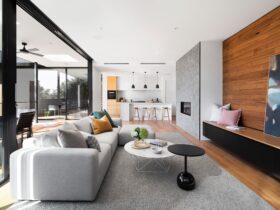
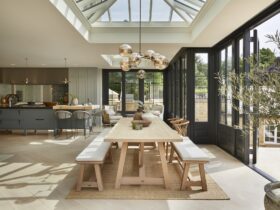
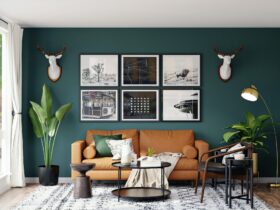
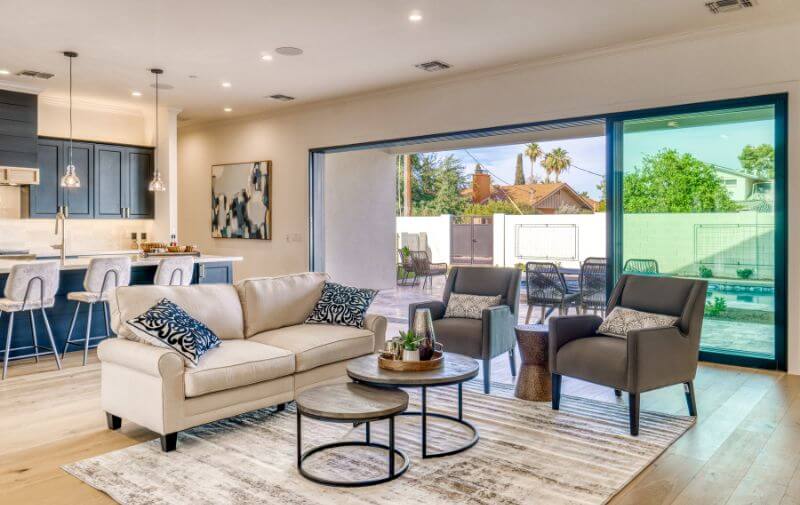
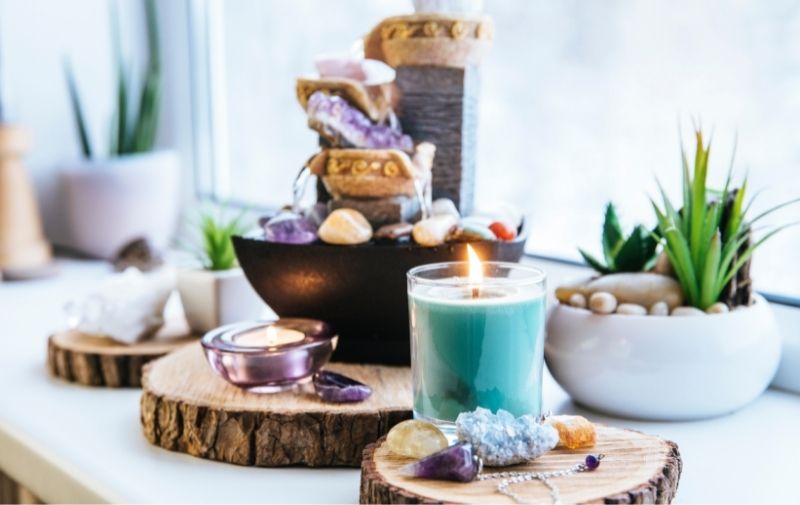
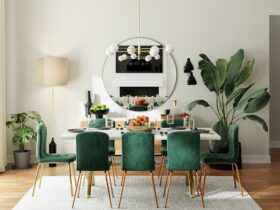
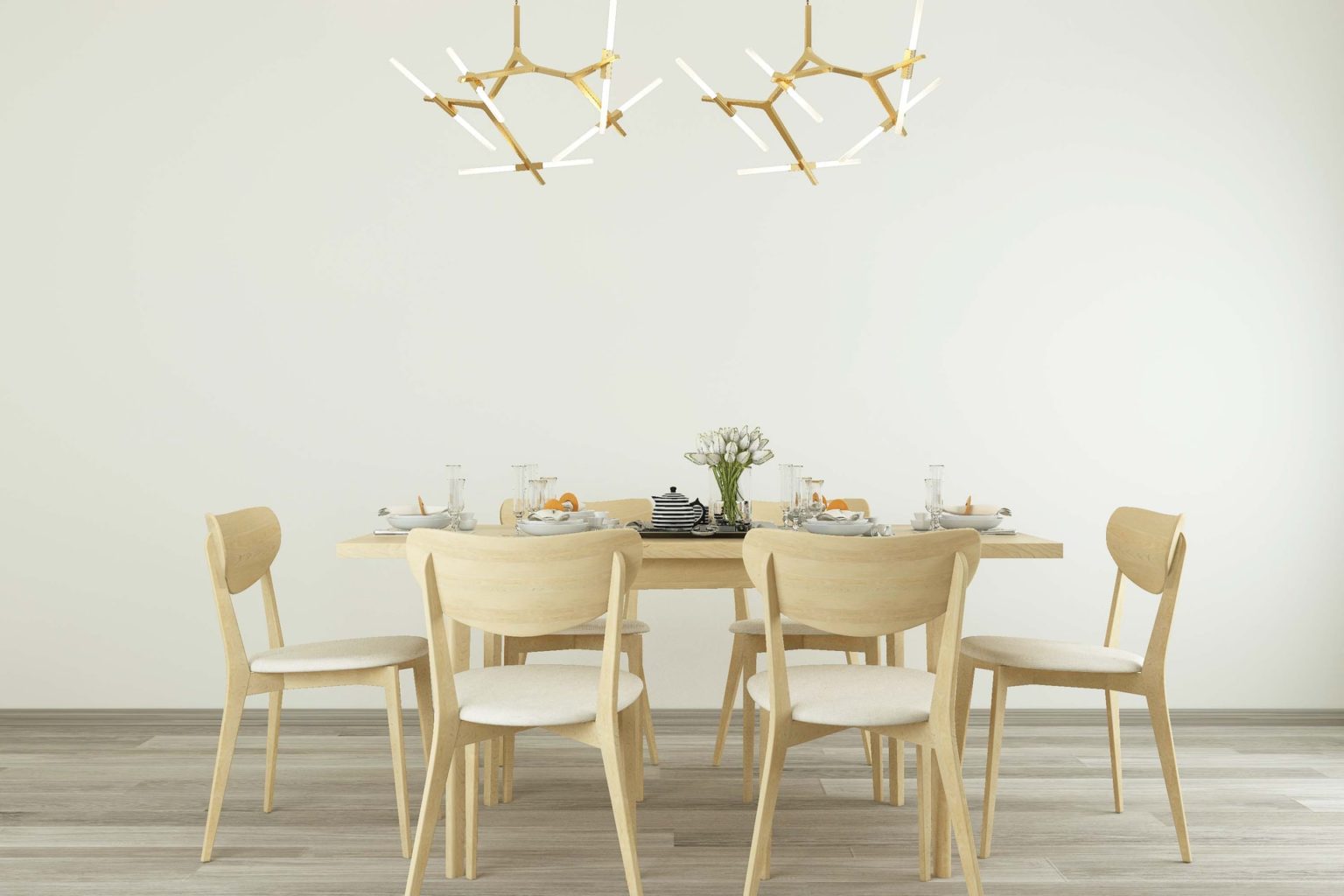
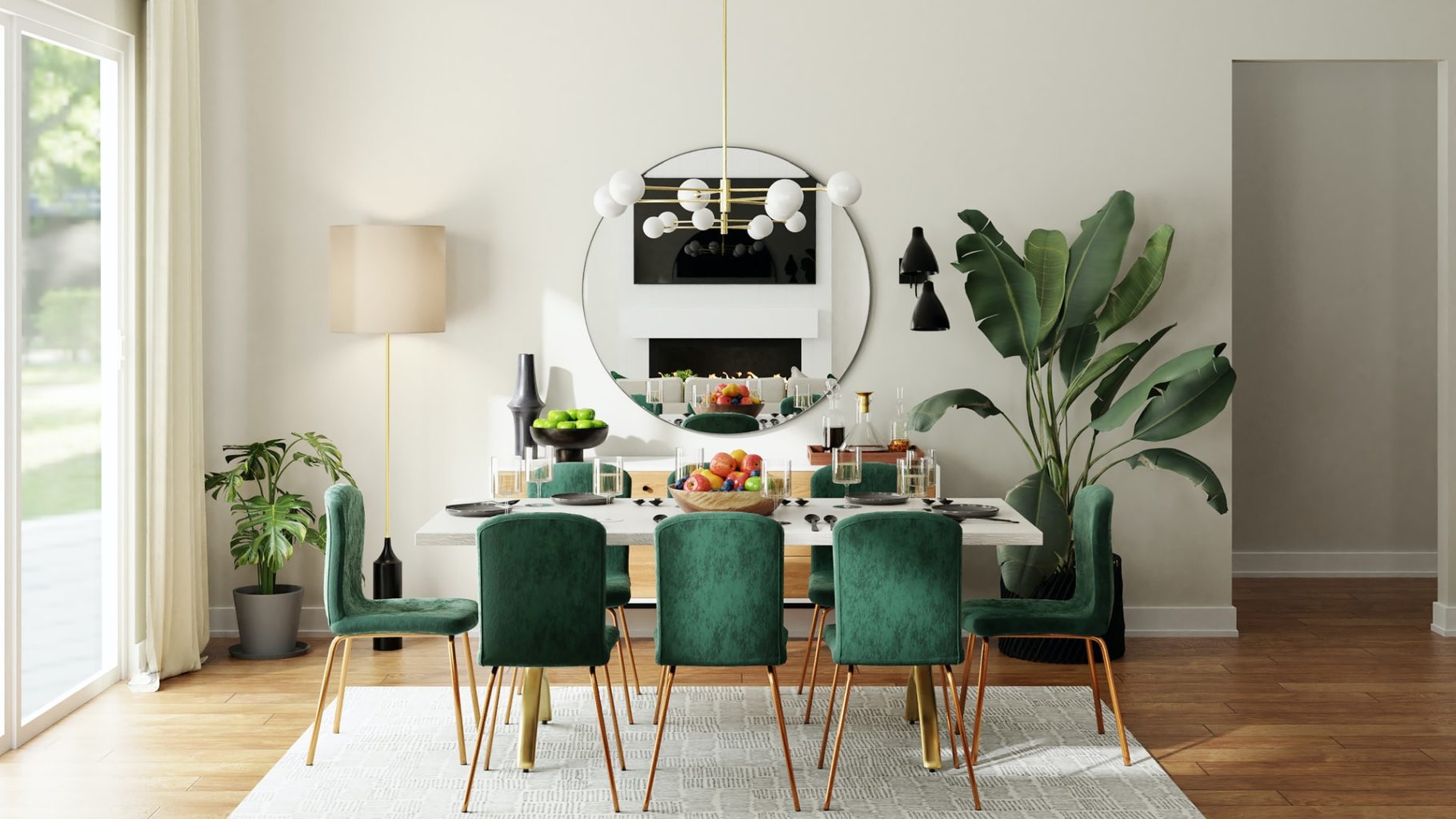
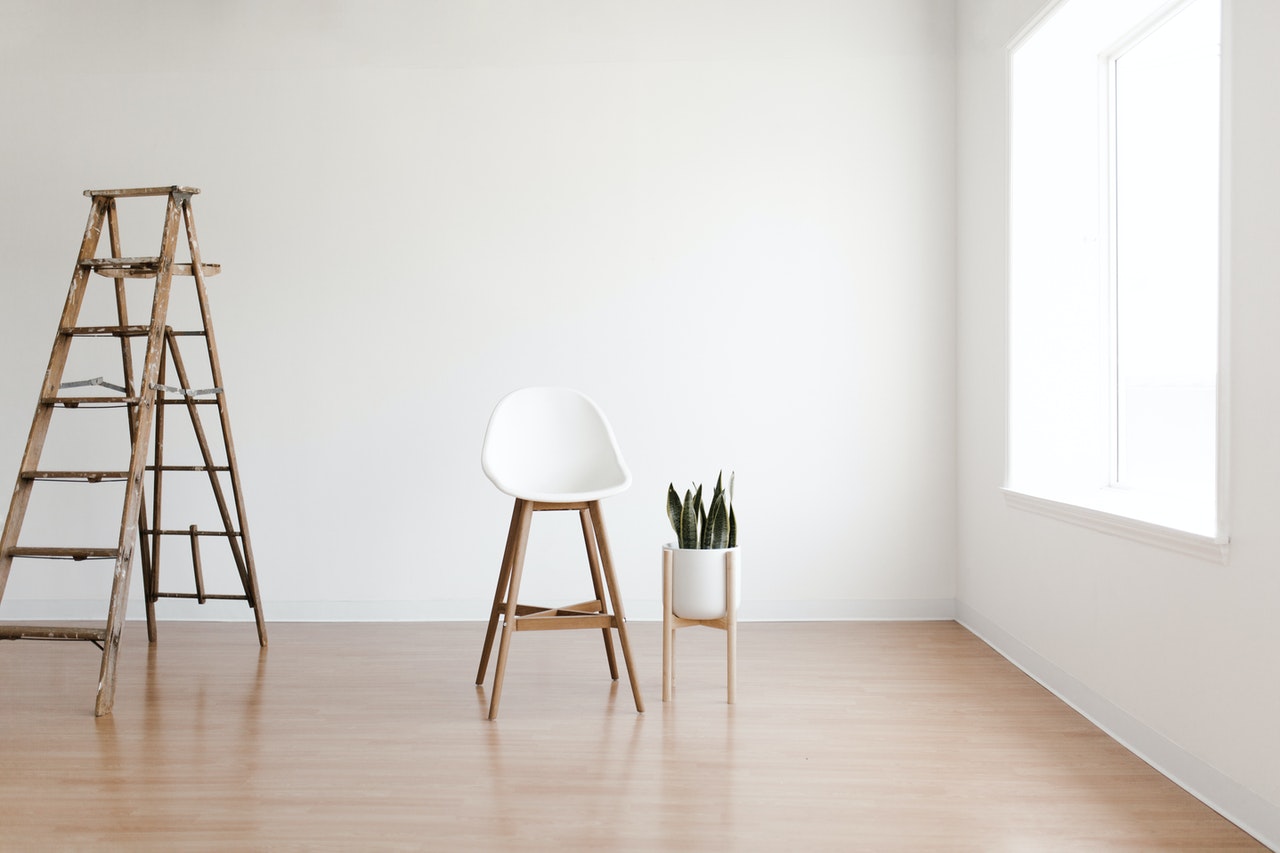
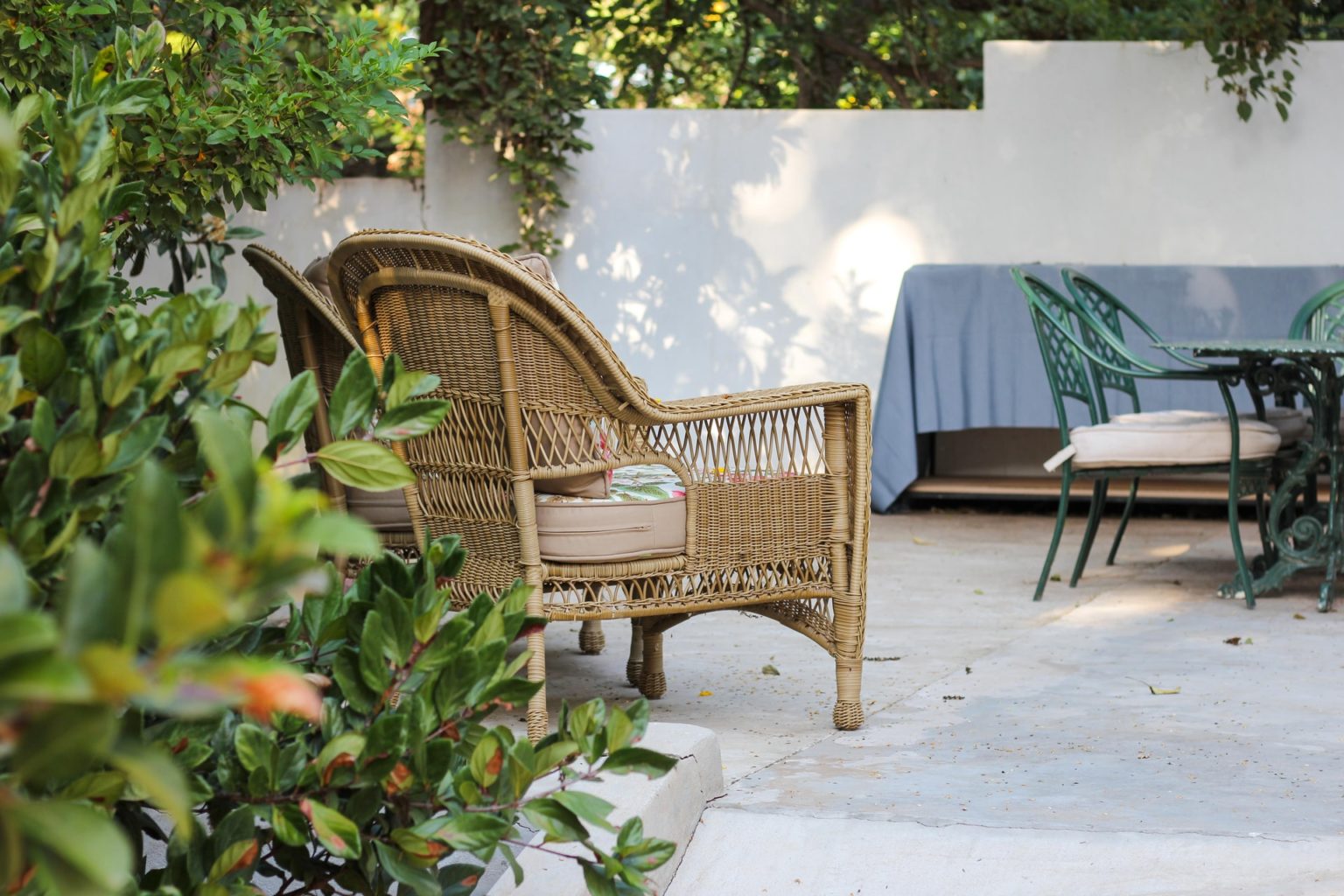

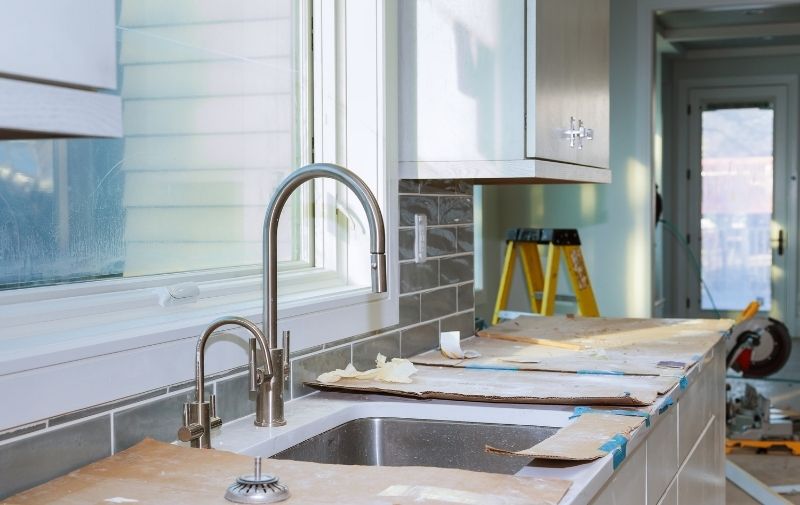

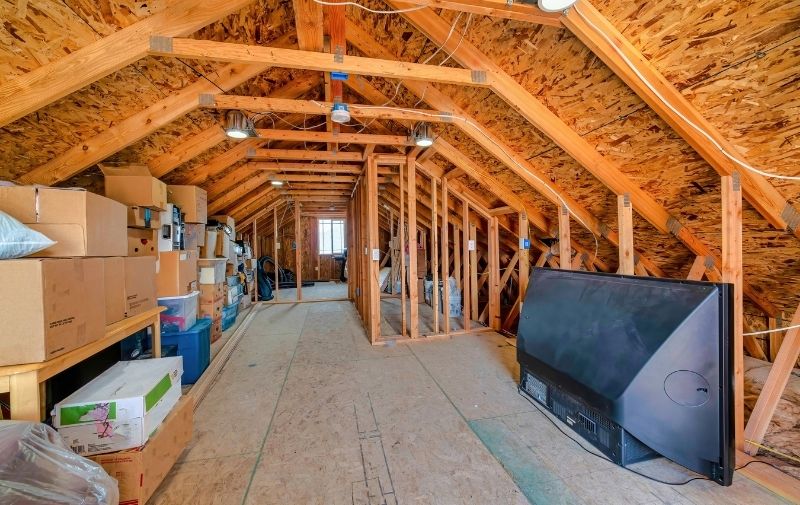
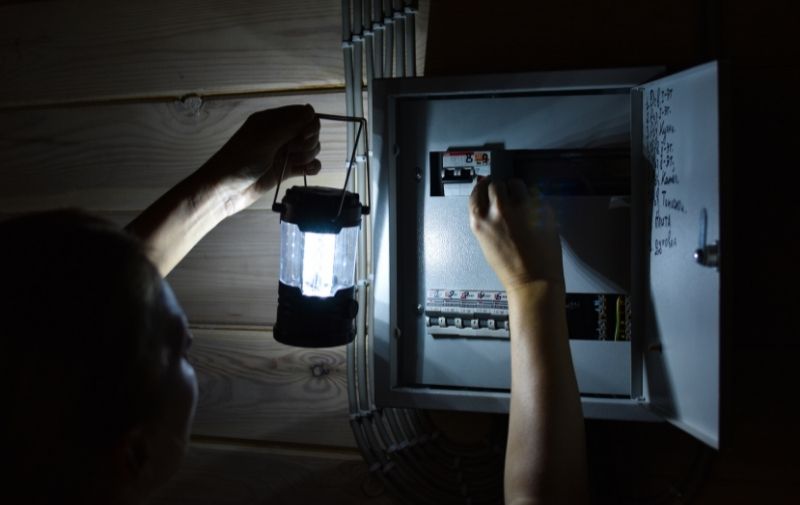

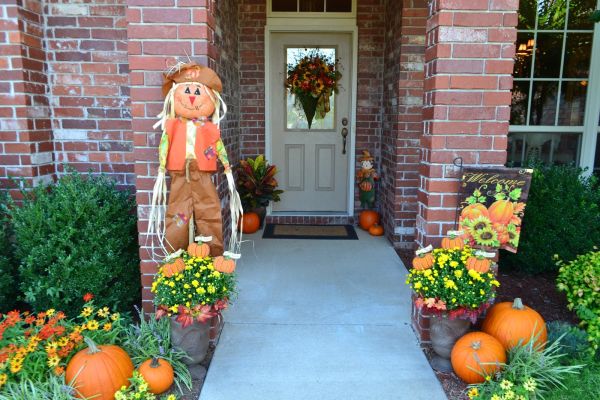









Leave a Reply